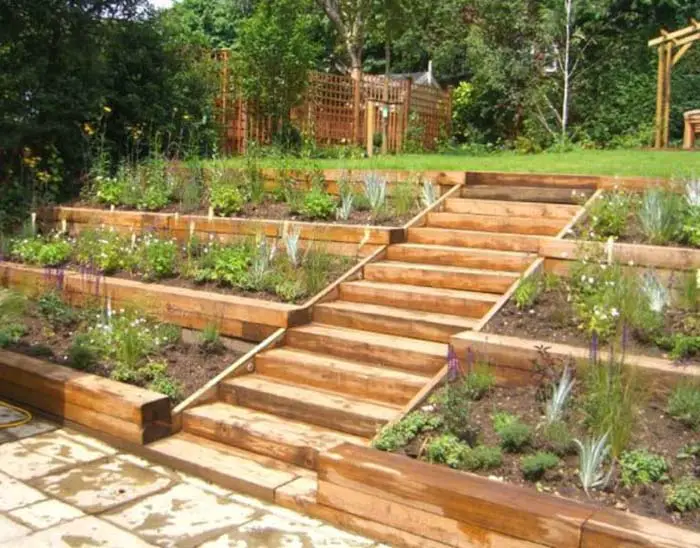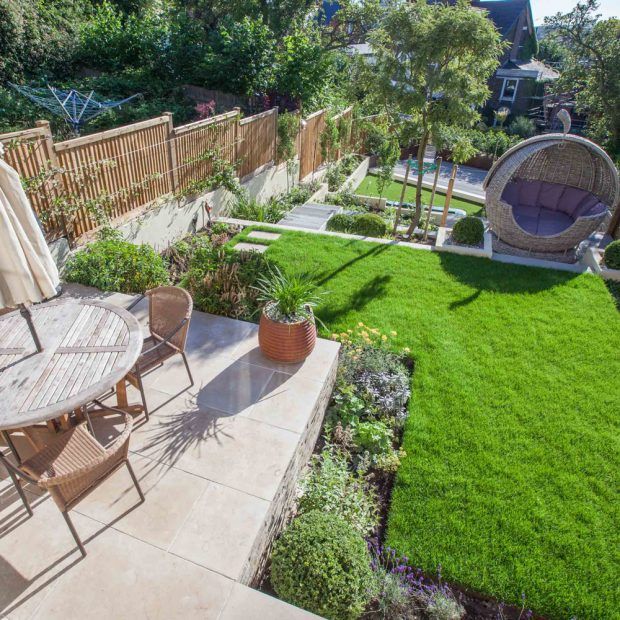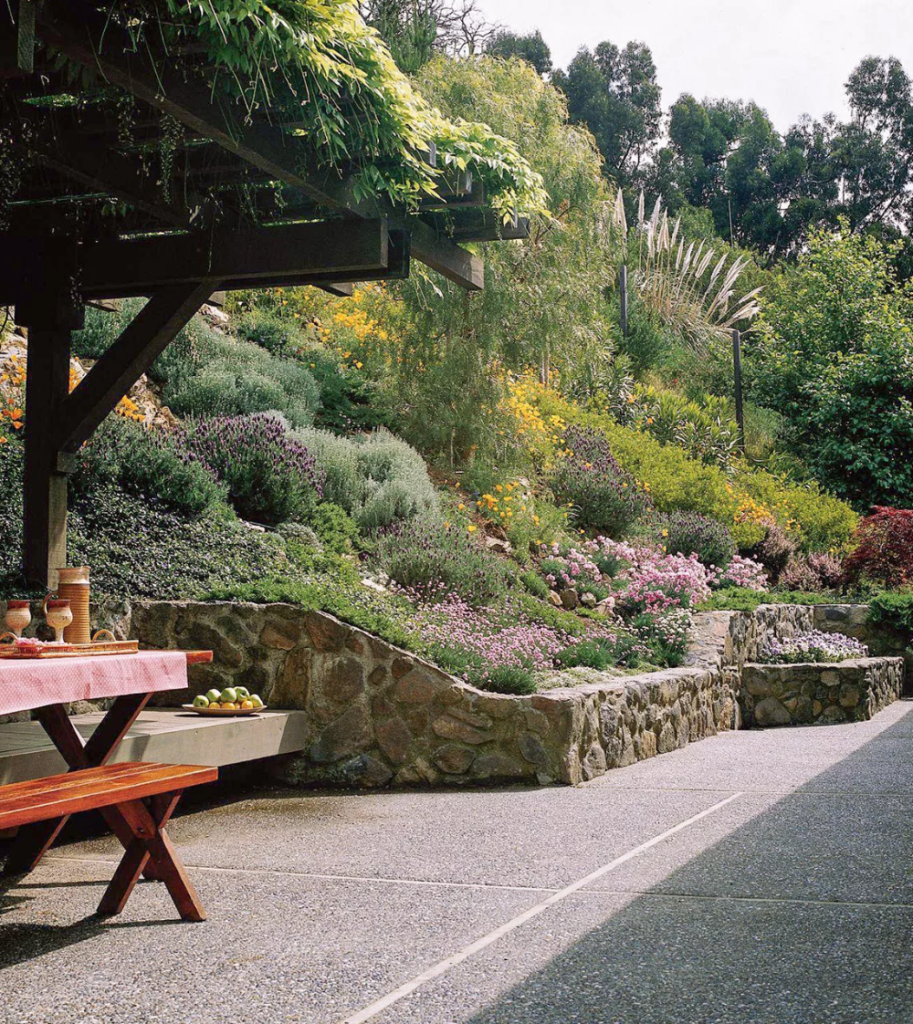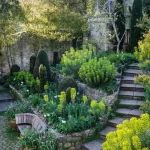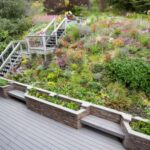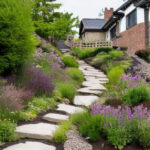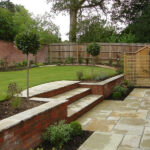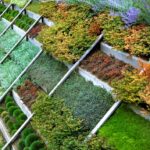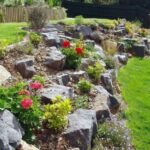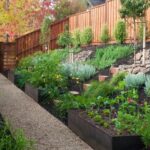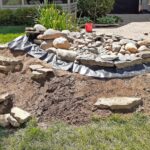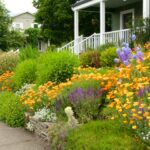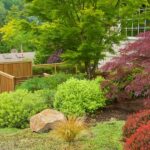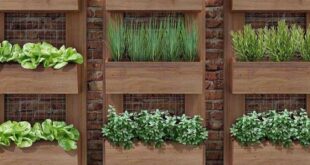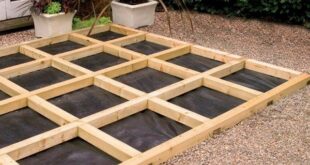Garden design on a slope can present a unique set of challenges and opportunities for homeowners and landscapers alike. Sloped landscapes can create a visually interesting and dynamic outdoor space, but they also require careful planning and strategic design to ensure that the garden is both beautiful and functional.
One of the key considerations when designing a garden on a slope is how to effectively manage water runoff. Sloped landscapes are more prone to erosion and runoff, so it’s important to implement measures such as terracing, retaining walls, or drainage systems to prevent soil erosion and water damage. By carefully planning the layout of the garden and incorporating appropriate drainage solutions, you can ensure that your garden remains healthy and sustainable in the long term.
Incorporating different levels and terraces into the design of a sloped garden can create visual interest and provide opportunities for creating distinct areas within the space. By creating different levels, you can design separate areas for dining, lounging, gardening, or even a small pond or water feature. This can help maximize the use of the space and create a more functional and enjoyable outdoor living area.
When selecting plants for a sloped garden, it’s important to consider the specific needs of each plant in relation to the slope. Plants that have shallow roots or are sensitive to water drainage issues may not thrive on a steep slope. Instead, choose plants that are well-suited to the slope’s conditions, such as ground covers, shrubs, or ornamental grasses that can help stabilize the soil and prevent erosion.
Incorporating hardscaping elements such as paths, stairs, or retaining walls can help create a sense of structure and stability in a sloped garden. By carefully integrating these elements into the design, you can not only create a more practical and accessible garden but also enhance the overall aesthetic appeal of the space. Consider using natural materials such as stone or wood to blend the hardscaping elements seamlessly with the natural landscape.
Lastly, when designing a garden on a slope, consider the overall maintenance requirements of the space. Sloped gardens can be more challenging to maintain than flat landscapes, so it’s important to plan for regular upkeep and maintenance tasks such as pruning, mulching, weeding, and watering. By considering maintenance needs during the design process, you can create a garden that is not only beautiful but also sustainable and easy to care for in the long run.
 yishifashion Where Outdoor Dreams Become Reality
yishifashion Where Outdoor Dreams Become Reality
